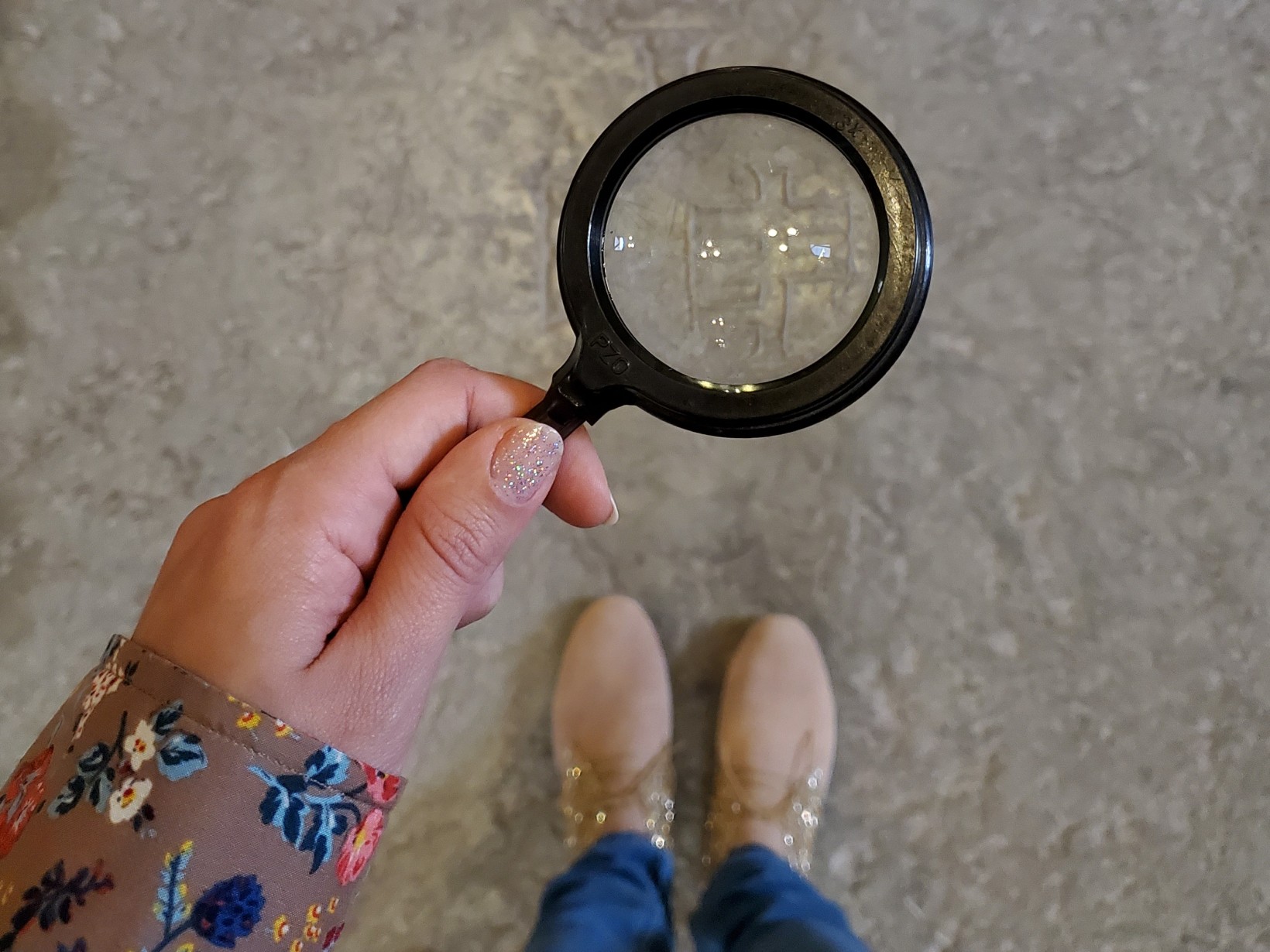Proposed museum lessons at the Baltic Sea Cultural Center October - June
Lesson location: St. John's Center
Date: date agreed individually with the teacher / start of classes: 10:00 or 13:00;
Admission: PLN 150/group
➡ payable by transfer up to 5 days before the lesson date to the PKO BP account 54 1440 1101 0000 0000 1110 7303. In the transfer title, please write "Workshops" and provide the date of the workshops (e.g.: Workshops - May 15, 2022)
➡ reservation by e-mail: Dominika Król / dominika.krol@nck.org.pl or by phone at +48 518 833 907
Duration of classes: max. 90 minutes
Person limit: group max. 30 people
Lesson topics:
"The church wasn't built in a day", grades 4-6 of primary school
The aim of the classes is to familiarize participants with the history of the church of St. John, its contemporary function and selected historical equipment, and to make aware of the enormity of the undertaking of building a church over the centuries - so different from development projects seen at every step. They will expand their vocabulary with new concepts (including tower, transept, epitaph, founder), learn which craftsmen took part in various stages of the construction of the medieval church, learn about historical figures important for Gdańsk (Zachariasz Zappio, Abraham van den Blocke) and will be introduced to the biblical story of St. John the Baptist.
The lesson will end with an art work consisting of making a model of the church in groups, divided into roles. In each group, students will select a construction manager and four one- or two-person sub-teams of specialists for specific tasks in the process of creating a model - coloring, cutting, folding, gluing. Each component will receive symbolic, but necessary tools for their work - operators of crayons, scissors, glue, rulers, etc. The art task will consolidate the acquired knowledge about the complexity of the process of creating buildings and the acquired vocabulary. In addition, it will develop skills: teamwork, task planning, time management, and responsibility for the assigned task.
"Arrange an altar", grades 4-6 of primary school
How was this large block of stone brought here? What biblical scenes are depicted in it, who are all these people and what does a pelican feeding its young have to do with them? These and other questions will be answered during a museum lesson devoted to the most famous monument of the church of St. John – the main altar. Thanks to the unique form of classes - putting together a puzzle with a photo of the altar, students will have the opportunity to take a closer look at those elements of the 12-meter high altar that are usually invisible from below. In addition, they will try their hand as conservators of monuments, trying to put together the "scattered monument" in an appropriate way. The altar itself will serve as an illustration of the biblical story of John the Baptist.
"On the trail of monuments", grades 4-8 of primary school
Thanks to the work method based on the concept of "treasure hunting", students, by solving puzzles from the task card, become acquainted with the historic equipment of the church of St. John and with selected biblical stories, wandering from object to object. They will learn concepts related to the history of art and architecture (including gallery, epitaph, choir stall, transept) and the contemporary concept of adapting the historic interior of the church of St. Jana, combining religious functions with a concert and exhibition hall. Due to the form of lessons, which requires participants to be constantly in motion, classes can also be held in the winter months.
"The Church as a conservator's workshop", grades VII-VIII of primary and secondary schools
What does a conservator of monuments do and what is the specific nature of his work? Why exactly protect monuments and how to do it?
The aim of the classes is to familiarize participants with the church of St. John and the most important fragment of its historical equipment - the main altar, as well as the modern adaptation of the monument for cultural purposes. Participants will learn about Abraham van den Block and the legend of Saint. John the Baptist. Thanks to the unique form of classes - putting together a puzzle with a photo of the altar, students will have the opportunity to carefully examine the details of the monument that are not normally visible from below. They will also become acquainted with archival documentation showing the state of preservation of the altar over the years, and will gain the ability to describe a work of art along with basic terminology. They will learn the concepts of renovation of a monument and will have the opportunity to face conservation problems using the example of an altar.
An additional aim of the classes is to make young people aware of the need to protect monuments and to potentially interest them in a career path related to the conservation and protection of cultural heritage.

